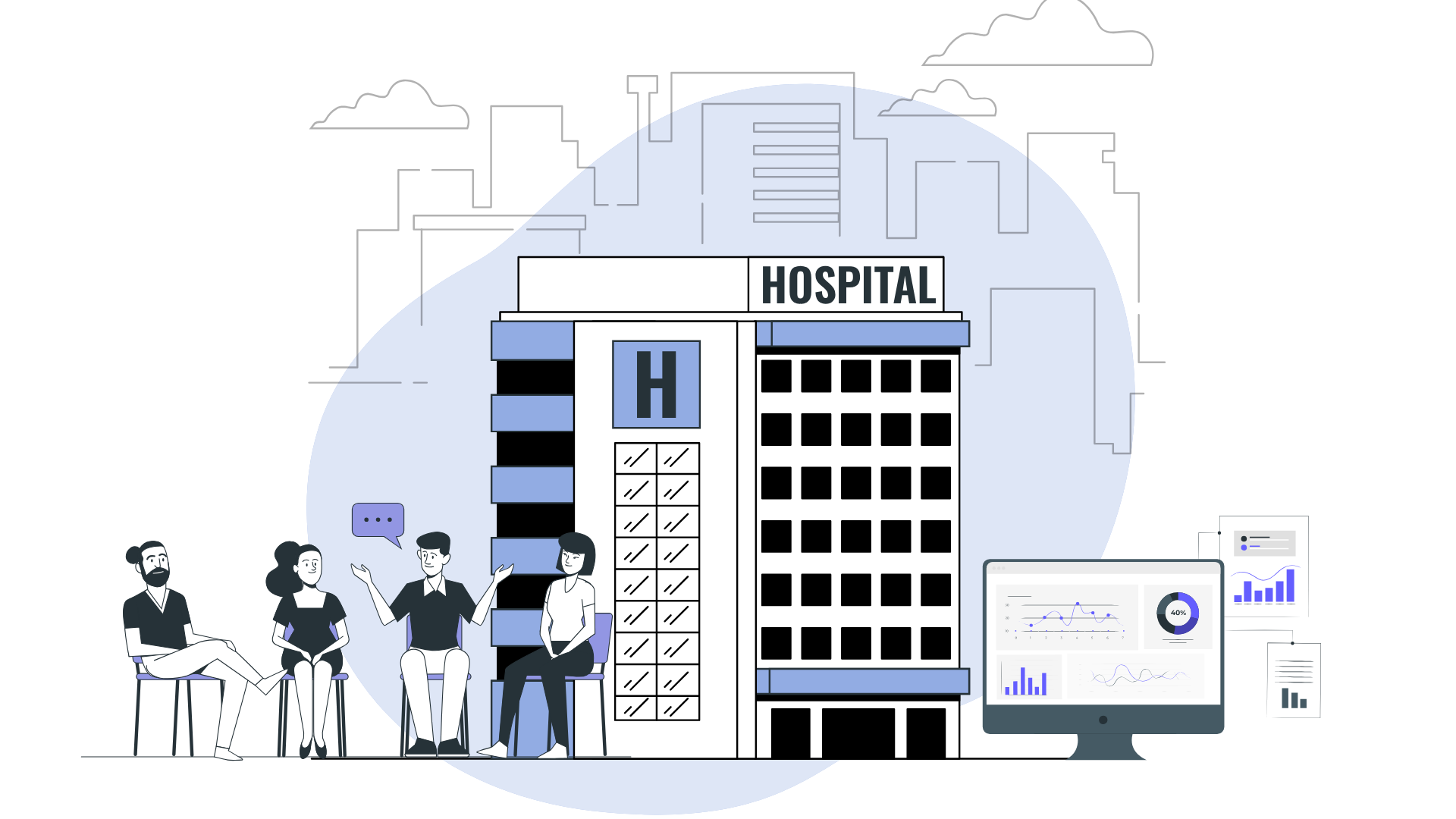Ready to revolutionize your data journey with Infoveave?
Recent Blogs
- Program Effectiveness Survival Analysis: Smarter Healthcare Decisions with Unified Data
- How Healthcare Analytics is Quietly Transforming Patient Care
- AI and Healthcare Data Analytics: Transforming Modern Medicine
- Transforming Healthcare with Unified Data Platforms
- Optimizing Hospital Operations: Unified Data for Financial & Clinical Excellence
Strengthening Community Health Systems with a Unified Data Approach
Introduction
Community health monitoring plays a vital role in tracking public health trends, managing healthcare workers’ performance, and ensuring timely interventions. However, traditional methods often rely on fragmented systems, making it difficult to consolidate data, track key health metrics, and respond to community needs efficiently.
A Unified Data Platform (UDP) addresses these challenges by centralizing data from multiple sources, enabling real-time analysis, and improving decision-making. This blog explores how a UDP enhances community health monitoring by tracking healthcare workers’ performance, disease outbreaks, mortality rates, and other critical health indicators.

Challenges in Community Health Monitoring
1. Fragmented Data Sources
Community health data comes from diverse sources, including hospitals, local clinics, government agencies, and NGOs. Without a centralized system, accessing and analyzing this data becomes challenging.
2. Lack of Real-Time Insights
Delayed reporting and manual data collection lead to slow responses in detecting disease outbreaks, tracking vaccinations, and addressing health crises.
3. Limited Visibility into Healthcare Workers' Performance
Monitoring healthcare professionals’ efficiency, visit frequency, and impact on community health is difficult without an integrated system.
4. Difficulty in Tracking Disease Trends
Identifying patterns in disease outbreaks, mortality rates, and health risks requires comprehensive data analytics, which is often missing in traditional systems.
5. Compliance and Data Security Issues
Community health data must adhere to regulatory requirements such as HIPAA and GDPR. Manual data handling increases risks of non-compliance and data breaches.
The Role of a Unified Data Platform in Community Health Monitoring
A Unified Data Platform (UDP) integrates health records, real-time tracking, and analytics tools into a single system, making it easier to manage community health initiatives effectively.
1. Centralized Health Data Management
A UDP consolidates data from hospitals, mobile health clinics, government health programs, and wearable devices, offering a holistic view of community health. Benefits include:
- Improved Data Accuracy: Eliminates duplicate or inconsistent records.
- Easier Access to Insights: Health officials can quickly analyze trends and take action.
- Enhanced Coordination: NGOs, healthcare agencies, and policymakers can collaborate more effectively.
2. Real-Time Monitoring of Healthcare Workers
Tracking the activities of healthcare workers is essential for improving service delivery. A UDP enables:
- Visit Tracking: Logs healthcare workers’ visits to patients and community centers.
- Performance Metrics: Monitors key performance indicators such as consultation time, treatment effectiveness, and follow-ups.
- Resource Allocation: Identifies understaffed regions and optimizes workforce distribution.
3. Disease Surveillance and Outbreak Prediction
Early detection of disease outbreaks can save lives. A UDP enhances disease tracking by:
- Identifying Patterns: Uses AI and analytics to detect emerging health threats.
- Mapping Disease Spread: Visualizes infection hotspots using geospatial data.
- Automated Alerts: Notifies health authorities of unusual spikes in illnesses.
4. Monitoring Mortality and Birth Rates
- Accurate tracking of births and deaths helps in planning healthcare interventions. A UDP provides:
- Real-Time Birth Registrations: Ensures newborns receive vaccinations and healthcare services promptly.
- Mortality Analysis: Identifies causes of death to develop targeted health policies.
- Demographic Insights: Helps policymakers allocate resources based on population health trends.
5. Vaccination and Preventive Care Management
A UDP streamlines vaccination programs by:
- Tracking Immunization Records: Ensures children and adults receive timely vaccinations.
- Identifying Coverage Gaps: Detects communities with low vaccination rates.
- Automating Reminders: Sends alerts to patients and healthcare workers for upcoming doses.
6. Compliance and Data Security
- With strict regulations governing health data, a UDP ensures:
- Secure Data Storage: Implements encryption and access controls.
- Regulatory Compliance: Automatically generates reports that meet government standards.
- Audit Trails: Maintains detailed logs for transparency and accountability.
Benefits of Implementing a Unified Data Platform
1. Faster Response to Health Emergencies
A UDP provides real-time insights, enabling healthcare authorities to act quickly during disease outbreaks and medical emergencies.
2. Improved Efficiency in Healthcare Services
By integrating data from different sources, hospitals and clinics can coordinate better, reducing administrative overhead and improving patient care.
3. Data-Driven Policy Making
Governments and health organizations can develop informed policies based on accurate community health data, ensuring better public health outcomes.
4. Enhanced Patient Outcomes
By tracking individual health histories and ensuring timely medical interventions, a UDP leads to improved patient health and reduced mortality rates.
5. Optimized Resource Allocation
Healthcare organizations can use predictive analytics to allocate funds, medical supplies, and personnel where they are needed the most.
Conclusion
A Unified Data Platform is a game-changer for community health monitoring. It provides a comprehensive, real-time view of public health trends, enhances healthcare worker performance tracking, and ensures compliance with health regulations. By integrating diverse data sources, automating processes, and offering predictive analytics, a UDP empowers healthcare organizations to improve community well-being and respond proactively to health challenges.
Investing in a Unified Data Platform transforms healthcare management, ensuring that communities receive efficient, timely, and data-driven medical services. As healthcare continues to evolve, embracing technology-driven solutions will be key to improving public health outcomes and operational efficiency.